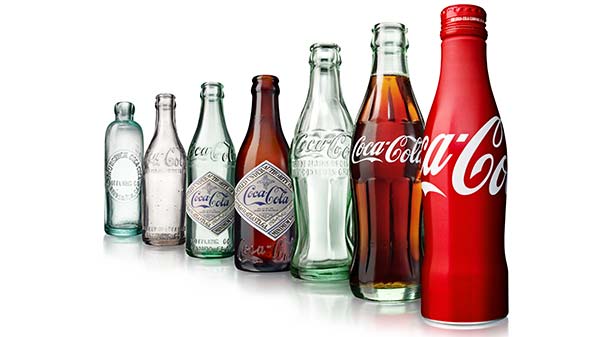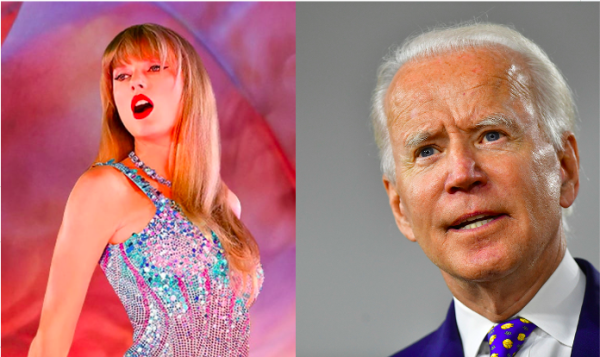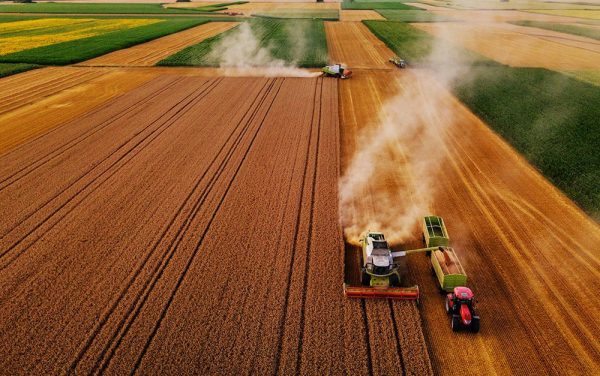You’re Saving the Environment Incorrectly
We were all taught the same thing in lower school: if you toss your trash on the side of the road, you’re a jerk. If we all do our part, climate change will be totally dissolved! Easy!
The history of climate change is actually much more complex than you probably think— it’s surprising and almost devious. Back in the 1950s, soda companies used to make glass, one-way bottles. After you finished the bottle, you returned it and the company washed it, a sustainable and easy way to recycle. (Finn Arne Jørgensen, pg. 2)
After World War II, greedy companies switched to disposable cans to cut costs and keep production up, and litter appeared everywhere and our bottle & can litter doubled. This caused public outrage, so the companies easily enough switched the blame from them to you by making corporate propaganda such as Iron Eyes Cody and coining the term ‘litterbug.’ In 1953, the companies and creators of the one-way can and bottle, partnered with each other, including Coca-Cola and the Dixie Cup Company, to form a new campaign called Keep America Beautiful (K.A.B.). (Bradford Plumer, pg. 2) “In essence, Keep America Beautiful managed to shift the entire debate about America’s garbage problem… the “litterbug” became the real villain, and KAB supported fines and jail time for people who carelessly tossed out their trash, despite the fact that, clearly, “littering” is a relatively tiny part of the garbage problem in this country (not to mention the resource damage and pollution that comes with manufacturing ever more junk in the first place).” (Bradford Plumer, pg. 2)
Another environment-saving product of the 21st century is the electric car, a product that we are told is sleek and efficient. In reality, purchasing an electric car ruins the environment even more. By making that transition, you’re just switching your fuel source from the gas pump to a power plant which burns coal. (Will Oremus, pg. 1) People are concerned about where their car in fuel-efficient, however the real process you should be worried about is the production of the car and the factories they’re made in. Americans bought 17.5 million cars last year, so if you want to be friendly to the environment, just reduce the amount you drive and drive your current car as much as possible without buying a new one. (Federal Highway Administration)
A typical common misconception is that waste of paper contributes to global warming. In fact, by using paper you’re saving forests. As surprising as that is, paper companies own plots of land and chop down the trees to make paper. To refuel their resources, they plant more trees on their land to make more. By using as little paper as possible, we are forcing these paper companies to sell their land to people who use it for factories, roads, and buildings. (Don Carli, pg. 3)
About 150 years ago, humans learned how to extract fuel from deep inside the earth and burn it for energy. Now in present day, we’ve built our whole civilization around this fuel. The truth is that we’ve already caused so much damage to our world that climate change is no longer preventable; the conversation is now about managing how bad it will be.
As gloomy as planet Earth’s future may seem, there is still plenty of reasons for hope. Walking to school and eating more vegetables seems nice on an independent scale, but if we really want to make an impact we should congregate as a world to clarify this issue. By encouraging the people around you to take a better step towards saving our environment in a smart manner, we may be able to save our planet.
Works Cited
Carli, Don. “Going Paperless: Not as Green as You May Think.” GreenBiz. GreenBiz Group Inc., 14 Apr. 2010. Web. 11 Apr. 2017.
Jørgensen, Finn Arne. “A Pocket History of Bottle Recycling.” The Atlantic. Atlantic Media Company, 27 Feb. 2013. Web. 31 Mar. 2017.
Plumer, Bradford. “The Origins of Anti-Litter Campaigns.” Mother Jones. N.p., 22 May 2006. Web. 2 Apr. 2017.
“Table VM-1 – Highway Statistics 2014 – Policy | Federal Highway Administration.” U.S. Department of Transportation/Federal Highway Administration. N.p., n.d. Web. 7 Apr. 2017.

Hello, my name is Jacob Orloff and I am a junior. I previously wrote a few articles, and I manage the teacher's advice column each quarter.











Hanke Chen • May 22, 2017 at 1:39 pm
Interest topic.
However, think about that. The Environment does not need people to save. It is humans who want to recycle resources in order to keep species exist longer for their own need. This is not us giving the earth our love, but a fair trade.
Jasper • Apr 17, 2017 at 4:08 pm
I disagree that electric cars are just as bad as conventional gas cars. They may have similar carbon emissions, although there are many different options for where to source the power used to charge an electric car such as wind or solar, while for gasoline, there is not; the only option is gasoline. If we can create a culture where we have cars that have the ability to use absolutely green/renewable energy sources, that is a huge step ahead from having a culture where people just buy larger and larger cars that all just use gasoline and have no way of switching where the energy is sourced from. Renewable energy sources like wind are extremely affordable (for example, my family has wind and we barely pay more then we used to for coal), so this is not some unattainable thing for many people. Overall, a car-less society of course would be even better, but electric cars are at least a step in the right direction.